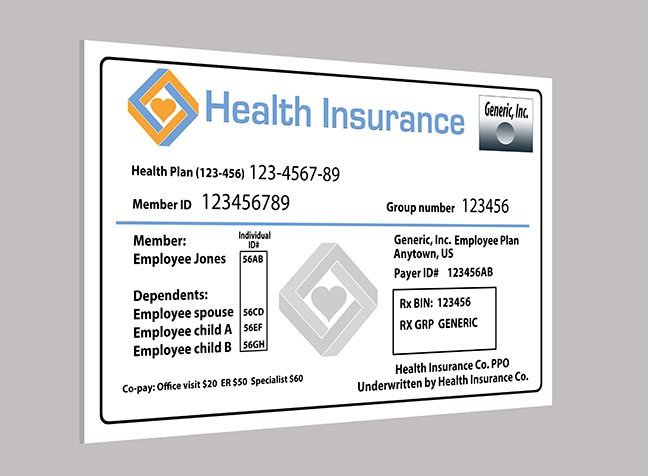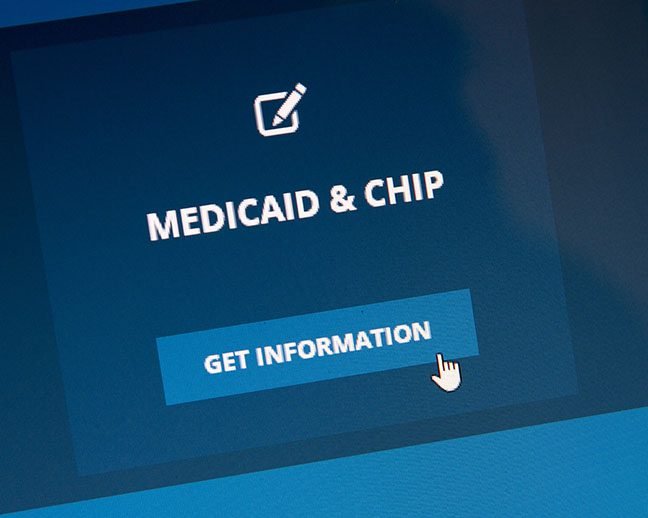If you have only just immigrated to the U.S., you’ll probably be thinking about this following question – How and where can immigrants get health insurance in the United States?
It is a widely-agreed view that while moving to the U.S. can be exciting, the process of getting proper health coverage can be confusing and, for many, discouraging. In fact, it is among the most challenging aspects for new immigrants who are starting a new life in this country. Yet you need not worry. If you are reading this guide, it means that you have come to the right place. Below we will walk you through the different options available to immigrants who are looking for ways of obtaining health insurance. So without further delay, let’s get you and your family covered!
How Can Immigrants Get Health Insurance?
There are multiple ways for immigrants to obtain health insurance coverage based on the different situations and needs of individuals and their families. So before we dive into these options, there are a few questions that need to be answered. For example, are you and your family lawful permanent residents? What is the type of health coverage you are looking for? What is your household income level and expected budget spending on health insurance?
Below are the most common health insurance options for immigrants in the U.S. Let us explore them one by one.

Employer Sponsored Coverage
Employer-sponsored health plans refer to health insurance offered by an employer to their employees. If an immigrant gets a job that provides health benefits, they can sign up for the employer’s plan, usually within 30 days of being hired. Employer plans often cover spouses and children too. This is one of the more common ways for immigrants to get health coverage.
With these health plans, employers take money out of each of the employees’ paycheck to pay for part of the plan premium, while they would pay the rest. How much the employee pays depends on the plan. But normally, even plans with the highest premiums in these scenarios are cheaper than buying insurance on your own.
There are a few downsides to employer-sponsored insurance. For example, you stand to lose coverage if you leave the job. Also, the choice of doctors and hospitals available for these plans are usually quite limited.
Buying Your Own Insurance
Immigrants can buy health insurance directly from private companies. There are a few ways to do this:
Health Insurance Marketplace (the Marketplace)
The Marketplace allows you to compare and shop for private insurance plans in your state. You can enroll online, by phone, or with in-person help. Below are some key facts about the Marketplace:
- Offered through HealthCare.gov, your state’s marketplace website, or HealthSherpa.
- Open enrollment period runs from Nov 1 to Dec 15 each year. Special enrollment may be available for certain life events.
- Insurance can only be purchased during open or special enrollment periods.
- Financial assistance is available based on income to lower monthly premiums.
- All plans cover essential health benefits like preventive care, emergency services, and pre-existing conditions.
- Coverage starts on Jan 1 if you enroll by Dec 15.

Private Health Insurance
Private health insurance plans are offered by various insurance companies like UnitedHealthcare, Cigna, Aetna, etc. These plans can be purchased directly from the insurer or through the health insurance marketplace. Below are some key terms that you should familiarize yourself with before shopping for these plans:
- Premiums – This is the monthly cost of the insurance plan. Premiums are usually higher for plans that cover more.
- Deductibles – The amount you pay out-of-pocket before insurance kicks in. Deductibles typically range from $1,000 to $5,000.
- Copays – The fixed amount you pay at the time of medical care, like $20 for a doctor visit. Plans with lower premiums usually have higher copays.
- Coinsurance – The percentage you pay for care after meeting the deductible. This is usually 10-20% of the total cost.
- Out-of-pocket max – The most you’ll pay in a year before insurance covers 100%. The max is usually a few thousand dollars above the deductible.
- Covered services – Doctor visits, hospital care, prescriptions, etc. Make sure a plan covers your healthcare needs.
Student Health Plans
College students can check if their university offers a student health plan. These usually provide good coverage for injuries and illnesses on campus.
In summary, no matter where you buy insurance from, make sure you have a good understanding of what’s covered. For example, you should ask if doctor visits, prescriptions, hospital stays, and more are included and how much they cost.

Medicaid and CHIP Coverage
Medicaid is a joint federal and state program that provides health coverage to eligible individuals including immigrants. The purpose of Medicaid is to provide free or low-cost health coverage to eligible low-income adults, children, pregnant women, elderly adults and people with disabilities who cannot afford health coverage on their own.
Medicaid coverage: Five year waiting period
There is also a 5-year waiting period for Medicaid for adults who are lawfully present. This doesn’t apply to pregnant women and children. Undocumented immigrants don’t qualify for Medicaid or CHIP.
You are highly recommended to referral our previous blog on Medicaid for Non-Citizen/Immigrant Families which you will find a detailed explanation of what Medicaid covers and how it can help you or your loved ones get the healthcare they need.
Children's health insurance program (CHIP)
The Children’s Health Insurance Program (CHIP) covers children in families who earn too much for Medicaid but can’t afford private insurance. It covers routine check-ups, doctor visits, prescriptions, dental and eye care, hospitalizations, and more. There are no copays or deductibles. Families can apply for CHIP at any time of year.
Each state has its own CHIP program and rules on who qualifies for the program. To qualify for CHIP, children usually must be 18 or younger, uninsured, and citizen or lawfully residing in the U.S. Income limits range from about $48k to over $80k for a family of four, but vary by state.
Immigrants must have a ‘qualified status‘ to get Medicaid and CHIP. This includes being a:
- Lawful permanent resident (green card holder)
- Refugee or asylee
- Victim of trafficking
- Person paroled in the U.S. for at least one year
- Conditional entrant

Community and Migrant Health Centers
Government-funded health centers provide primary care to people with lower incomes or those uninsured. These clinics charge based on income using sliding fee scales. They also help patients enroll in Medicaid/CHIP.
Some health centers specifically serve migrant farmworkers and immigrants. They provide culturally competent care and may have employees who speak multiple languages. Locate clinics in your state through FindaHealthCenter.hrsa.gov.
Short-Term Insurance Plans
Short-term health plans are meant to fill gaps in coverage. You can buy a plan that lasts up to 12 months. But these plans can deny coverage for pre-existing conditions. They also don’t cover essential health benefits required by the Affordable Care Act.
Still, short-term plans may work as temporary coverage between jobs or major life changes when comprehensive coverage isn’t available. Just understand their limitations.

Where to Get Help Enrolling
Navigating health insurance options can be hard, especially in a new country. Try these resources for help:
- Healthcare.gov – Find enrollment help for the federal marketplace
- HealthSherpa – A user firnedly site for enrolling in the Health Marketplace.
- Local navigators – Nonprofits get grants to help consumers enroll
- Community health centers – Make appointments with counselors
- Agents and brokers – Some offer guidance for free
- Employer’s HR department – For questions about workplace benefits
- Immigrant advocacy groups – Provide enrollment assistance and advice
Healthcare in the U.S. can be complicated, but there are plenty of options for immigrants to get covered through private plans, government programs, or community health services. By doing your research and asking for help from the right sources when you come across questions, you will be able to get the right protection for your health and be on the path to thriving in your new home.

